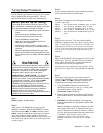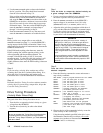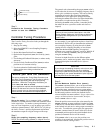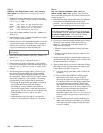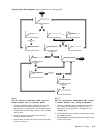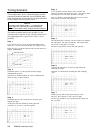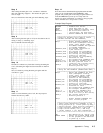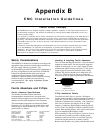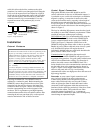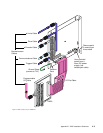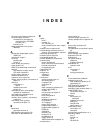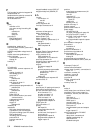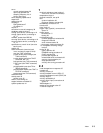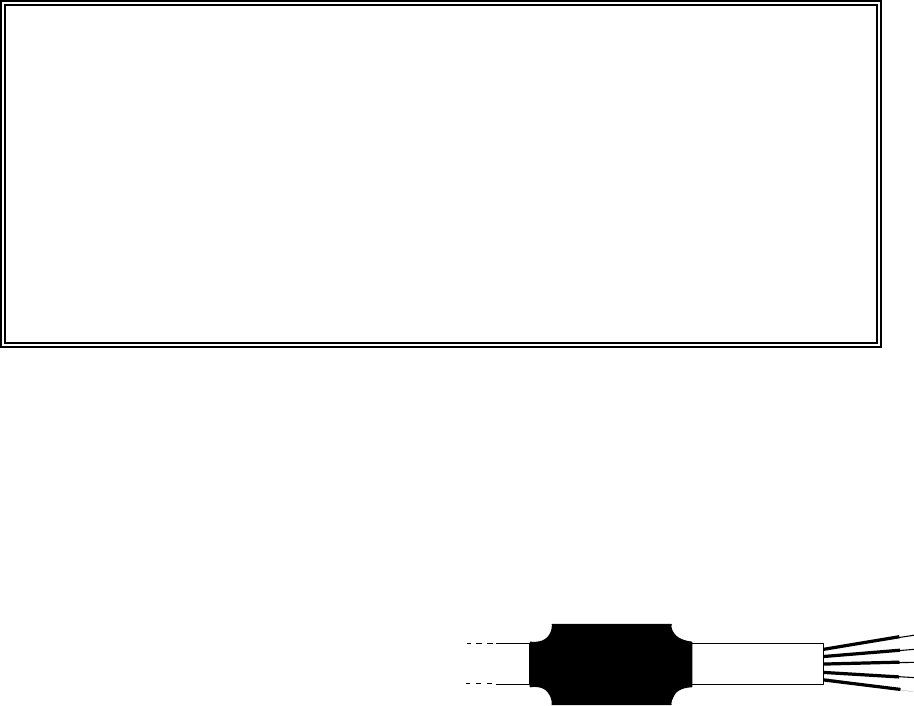
Appendix B
EMC Installation Guidelines
General Product Philosophy
The OEM6250 was not designed originally for EMC compliance. Therefore, it will require specific measures to
be taken during installation. The ultimate responsibility for ensuring that the EMC requirements are met rests
with the systems builder.
It is important to remember that for specific installations, the full protection requirements of the EMC Directive
89/336/EEC need to be met before the system is put into service. This must be verified either by inspection or
by testing. The following EMC installation instructions are intended to assist in ensuring that the requirements
of the EMC directive are met. It may be necessary to take additional measures in certain circumstances and at
specific locations.
It should be stressed that although these recommendations are based on expertise acquired during tests carried
out on the OEM6250, it is impossible for Compumotor to guarantee the compliance of any particular
installation. This will be strongly influenced by the physical and electrical details of the installation and the
performance of other system components. Nevertheless, it is important to follow all the installation
instructions if an adequate level of compliance is to be achieved.
Safety Considerations
The OEM6250 is intended for installation according to the
appropriate safety procedures including those laid down by
the local supply authority regulations. The
recommendations provided are based on the requirements of
the Low Voltage Directive and specifically on EN60204.
It should be remembered that safety must never be
compromised for the purpose of achieving EMC
compliance. Therefore in the event of a conflict occurring
between the safety regulations and the following
recommendations, the safety regulations always
take precedence.
Ferrite Absorbers and P-Clips
Ferrite Absorber Specifications
The absorbers described in these installation
recommendations are made from a low-grade ferrite
material which has high losses at radio frequencies. They
therefore act like a high impedance in this waveband.
The recommended components are produced by Parker
Chomerics (617-935-4850) and are suitable for use with
cable having an outside diameter up to 10-13mm. The
specification is as follows:
Chomerics part # 83-10-M248-1000 83-10-A637-1000
Outside diameter 17.5mm 28.5mm
Inside diameter 10.7mm 13.77mm
Length 28.5mm 28.57mm
Impedance at 25MHz 80W 135W
Impedance at 100MHz 120W 210W
Curie temperature 130°C 130°C
(the device should not be operated near this temperature)
Handling & Installing Ferrite Absorbers
Take care when handling the absorbers—they can shatter if
dropped on a hard surface. For this reason the suggested
method of installation is to use a short length of 19mm
diameter heat-shrink sleeving (see Figure 1). This gives a
degree of physical protection while the cable is being
installed. The sleeving should have a shrink ratio of at
least 2.5:1. Cable ties may be used as an alternative,
however they give no physical protection to the absorber.
Ferrite absorber
retained by
heatshrink sleeving
Figure 1. Ferrite Sleeve Installation
P-Clip Installation Details
The function of the P-clip is to provide a 360-degree
metallic contact and thus a convenient means of ensuring a
proper R.F. ground. When dealing with EMI issues, it is
important to remember that continuity, a DC connection,
does not at all speak to the integrity of an AC (high-
frequency) connection. High-Frequency bonding typically
involves wide, flat cabling to establish a suitable system
ground. When applied properly, the P-clip has been shown
to give an adequate high-frequency contact.
When installing a P-clip (see Figure 2), install as close to
the cable end as possible, provided a suitable ground,
backplane, earth stud or bus bar is accessible, (this may
mean removing the paint from a cabinet or panel).
Remove only the outer (vinyl) jacket of the braided screen



